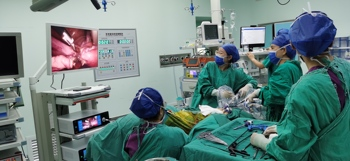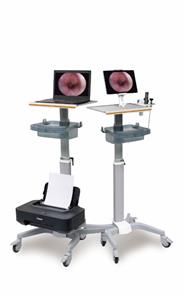Comparison of the effect of PELD and MIS-TLIF in the treatment of single-segment lumbar disc herniation
MIS-TLIF (minimally invasive transforaminal lumbar interbody fusion) is a minimally invasive surgery for the treatment of lumbar diseases. Compared with open surgery, it has the advantages of less intraoperative blood loss, less damage to soft tissue and muscle tissue, faster recovery, and fewer postoperative complications. There is a clinical consensus on fusion surgery for lumbar degenerative diseases with symptoms of lumbar instability; however, there is no standard treatment plan for LDH patients with or without lumbar spinal stenosis. PELD (percutaneous endoscopic lumbar discectomy) is considered to have similar indications and strengths to MIS-TLIF. In recent years, with the advancement of endoscopic technology, PELD has also been used in the treatment of various types of LDH. Because MIS-TLIF needs to scrape a large number of intervertebral discs and clean up the upper and lower endplates at the same time[10]; while PELD only needs to remove the herniated intervertebral discs, and the remaining intervertebral discs can be treated by radiofrequency thermocoagulation, so the trauma caused by the former Bigger and more painful. There was no significant difference in pain between the two groups after 1 month when the soft tissue was basically healed. Differences in the degree of improvement in lumbar dysfunction may be due to the presence of internal fixation in MIS-TLIF
The intervertebral fusion link will have a certain impact on the psychological state of some patients, and the intervertebral space activities after fusion are slightly restricted compared to normal.
PELD and MIS-TLIF have their own advantages and disadvantages in the treatment of single-segment LDH. PELD has shorter operation time and less intraoperative trauma, which is more conducive to postoperative recovery; MIS-TLIF can better maintain the height of the intervertebral space and the ROM of the lesion segment in the later stage.





